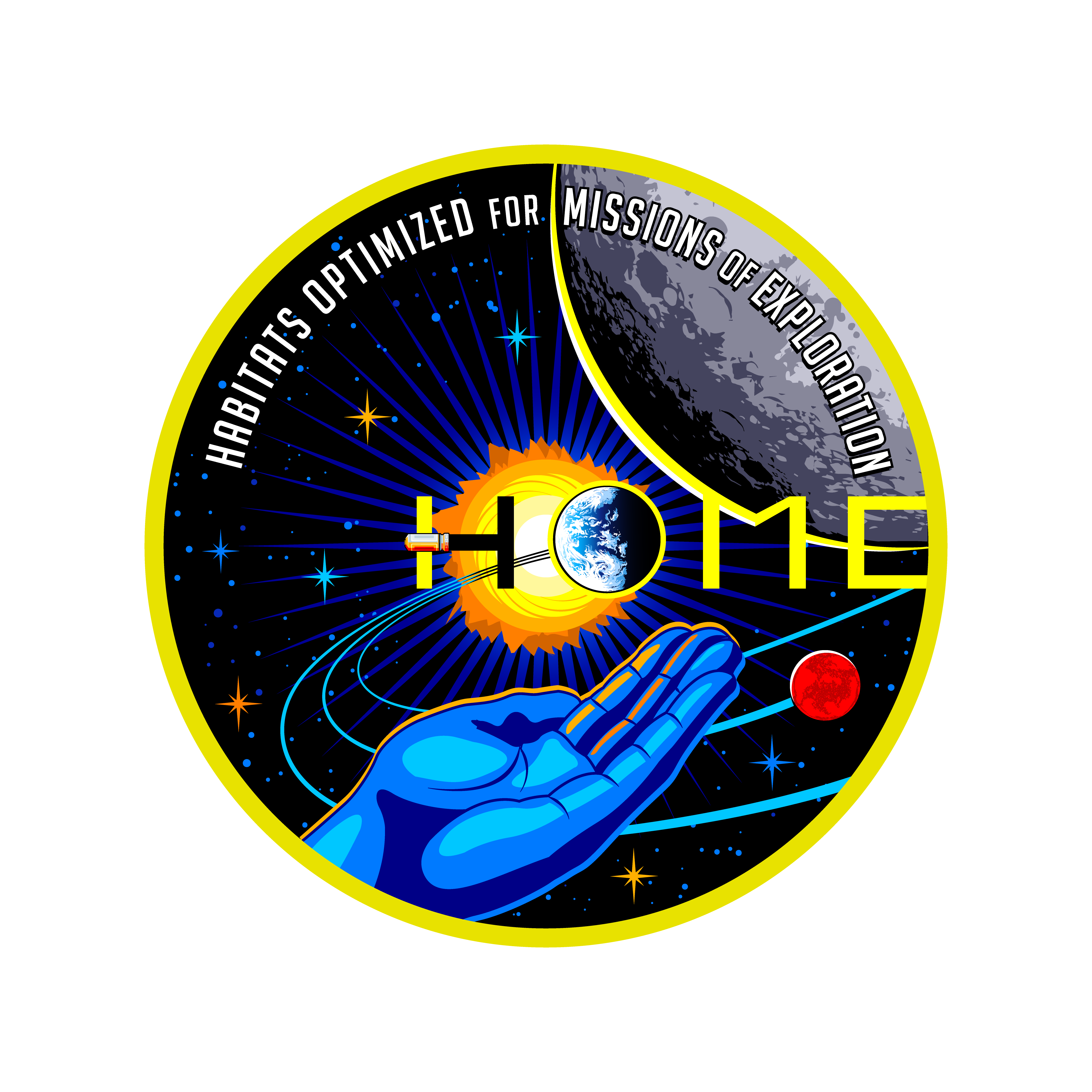Vision and Background:
To safely execute the human-exploration missions currently being proposed by NASA, the design of deep-space habitats requires a fundamentally disruptive approach – one that relies not only on traditional subsystem reliability engineering and probabilistic risk analysis, but on emergent technologies in autonomous systems, failure-tolerant design, human/automation teaming, dense sensor populations, data science, machine learning, robotic maintenance, and on-board manufacturing. Accordingly, the vision for the proposed HOME STRI for Deep Space Habitat Design is to synthesize the ideas and backgrounds of a uniquely experienced, diverse, and operationally pragmatic research team with initially-low TRL innovative technologies to provide a 5-year flow of research deliverables that comprise a new paradigm for resilient, autonomous, and self-maintained deep-space habitats for human explorers. The scope of the HOME STRI’s research will be driven by two primary operational requirements of NASA’s deep-space habitats: (1) Keep humans alive while they are resident, and (2) Keep the vehicle alive while they are not.
Objectives:
We propose to extend existing SOA technology through team-based research in the following hierarchy of research areas, each with a family of interdependent objectives:
A. Smart Habitat Intervention:
(1) Decision-making tools/algorithms for maintenance/repair options: predictive analytics, autonomous models for logistical decisions. (2) Response actions: intervention spectrum
(autonomous, robotic, remote, onboard crew), onboard manufacturing of parts and sensors, de-rate system to lower capacity, robotic repair/module swap (internal vs external requirements).
B. Smart Architecture and Analysis
(1) Systems engineering approach for mission and system functional requirements. (2) Spacecraft habitat concept (for context): will work from two Design Reference Missions – a Gateway-class vehicle in microgravity, and a surface hab in partial gravity. (3) Subsystem definition: especially robust ECLSS systems. (4) Software/algorithms for: system state estimation, sensor data reliability, diagnostics, state dynamic modeling, and prognostics. (5) Development of multi-system simulators in which to integrate and test algorithms, analytics, and decision-optimization software innovations, and to serve as a testbed for the development of metrics for system performance and sensitivities.
C. Smart Context and Situation Awareness
(1) Human involvement: humans as neuro-plastic sensors, servos, effectors, data aggregators, robotic operators, teammates, innovators, communicators, reconfiguration agents, error-inducers, repair agents. (2) Measure, model, predict, and modify human behavior while interacting with the system autonomy. Develop Virtual/Augmented Reality applications for crew interaction and training. (3) Human health and performance: medical and psych, sustaining, injuries, interventions, emergency care, on-board training, teaming, trust, evaluation.
